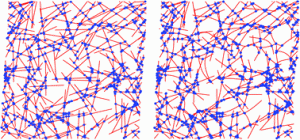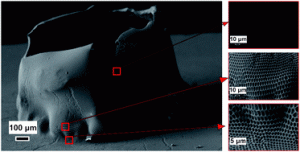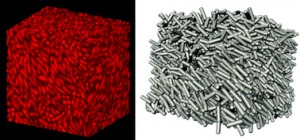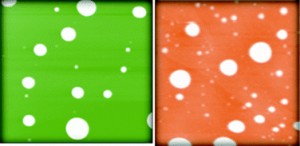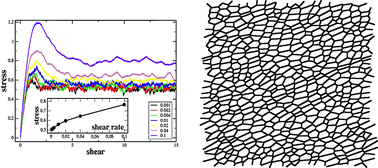Scientist have studied the self-assembly of a binary mixture of polycaprolactone-polyethylene oxide block copolymers in solution. The different polymers form vesicles and spherical micelles in water and self-assembly is triggered by changing the solvent from THF to water. The team led by Peter Schuetz, Unilever, UK, also used Self-Consistent Field Theory based modelling to give further insights into the forces driving self assembly.
The team say that both experiment and theory demonstrate that controlled blending of block copolymers is an effective design parameter for controlling the morphology of the self-assembled structures in block copolymer solutions. This allows a much richer range of nano-morphologies than is possible with single, monomodal block copolymer solutions, they claim.












